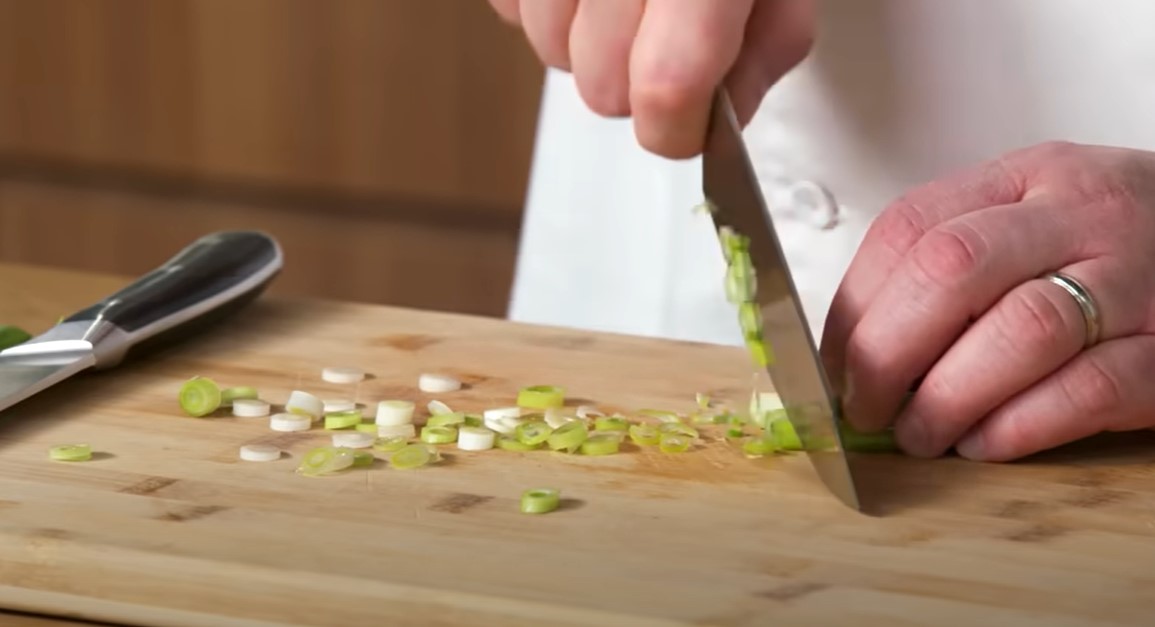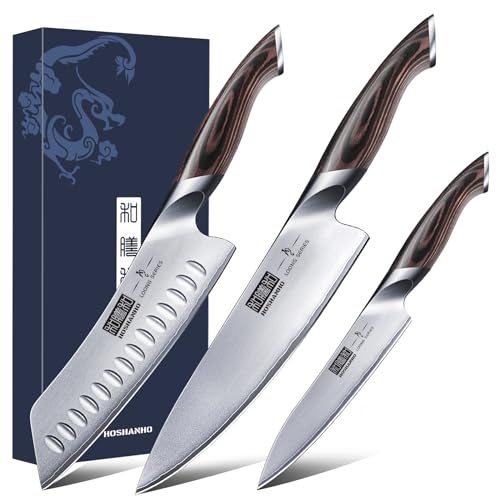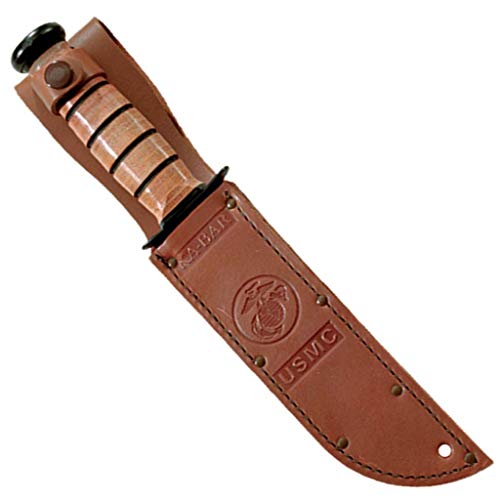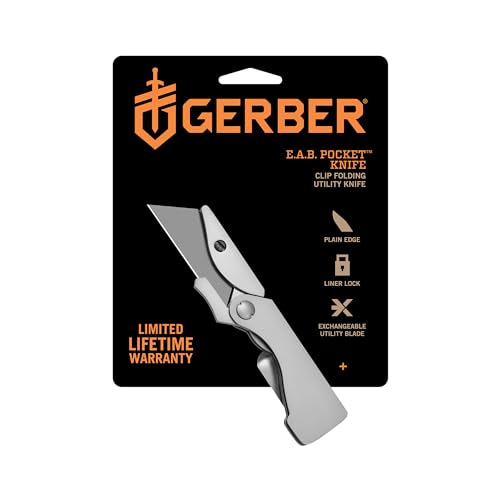When Must a Knife Be Cleaned And Sanitized? Safety Tips
When must a knife be cleaned and sanitized? A knife must be cleaned and sanitized after cutting raw meat, poultry, or seafood and before using it on ready-to-eat foods. It should also be cleaned after each use, when switching between different food types, or if it becomes contaminated or dropped. This prevents cross-contamination and ensures food safety.
Whether you’re a culinary enthusiast or someone who simply enjoys cooking at home, understanding when to clean and sanitize your knife is crucial for your health and safety. You’ll discover the key moments when your knife needs that extra attention.
By the end, you’ll have the confidence to keep your kitchen safe and your meals healthy, ensuring peace of mind for you and your loved ones. Keep reading to learn the essential tips and tricks that every home cook should know!

Credit: infinityknifeco.com
When Must a Knife Be Cleaned And Sanitized?
Importance Of Knife Hygiene
Keeping knives clean and sanitized prevents the spread of germs. Clean after cutting raw meat or fish. Sanitize when switching between different food types to ensure safety.
Knife hygiene is crucial in any kitchen, whether you’re a professional chef or a home cook. Keeping your knives clean and sanitized prevents the spread of harmful bacteria, ensuring the health and safety of everyone who enjoys your meals. A clean knife not only protects against foodborne illnesses but also maintains the integrity and taste of the food you prepare.
Read more: All Pink Tac Force Knife: Stylish Self-Defense Essential
Why Is Knife Hygiene Essential?
Have you ever noticed a strange taste in your salad after using the same knife you cut raw chicken with? That’s cross-contamination at work. Knives are a prime culprit for transferring bacteria from one food item to another. By prioritizing knife hygiene, you protect your loved ones from potential health risks.
How Often Should You Clean Your Knives?
Think about your last cooking session. Did you clean your knife immediately after chopping raw meat? If not, you might have risked contamination. Knives should be cleaned and sanitized after each use, especially when switching between different types of food like meat, vegetables, and fruits.
Steps For Proper Knife Cleaning
Cleaning your knife doesn’t have to be a chore. A simple routine can keep your blades safe and sharp. Start by rinsing the knife under warm water to remove any food particles. Use a mild dish soap and a soft sponge to clean the blade, taking care not to cut yourself. Rinse thoroughly and dry with a clean towel to prevent rusting.
Sanitizing Techniques For Knives
Wondering how to effectively sanitize your knife? It’s simpler than you think. After washing, soak the knife in a mixture of water and a few drops of bleach for about a minute. Alternatively, use a commercial sanitizing solution following the instructions on the label. This extra step ensures that any lingering bacteria are completely eliminated.
Maintaining Knife Hygiene In Shared Kitchens
In shared kitchens, maintaining knife hygiene can be challenging. Have you ever found a sticky knife in the drawer and wondered about its last use? Encourage a culture of cleanliness by labeling knives and reminding everyone to clean them right after use. This ensures a safer cooking environment for everyone involved.
Can Knife Hygiene Affect Taste?
Have you experienced a dish that tasted off for no apparent reason? Dirty knives can mix flavors and introduce unwanted tastes into your food. By keeping your knives clean, you ensure that each ingredient shines through, preserving the intended flavors and textures of your dishes. Prioritizing knife hygiene is a small step that makes a big difference. Next time you cook, remember the importance of a clean knife, not just for health reasons but also for the integrity of your culinary creations. What steps will you take to improve knife hygiene in your kitchen?

Credit: www.chegg.com
Signs A Knife Needs Cleaning
Maintaining a clean knife is crucial for food safety and performance. Recognizing the signs that a knife needs cleaning can prevent contamination and ensure a smooth cooking experience. A knife can harbor bacteria and food particles if not properly cleaned. Identifying when a knife requires cleaning keeps your kitchen safe and hygienic.
Read more: Best EDC Knife Choices for Versatile Everyday Carry and Survival Needs
Visible Food Residue
Check your knife for any leftover food particles. These residues can cause bacteria growth. Clean your knife promptly if you notice any.
Sticky Or Greasy Blade
A sticky blade can attract more dirt and germs. If your knife feels greasy, it needs immediate cleaning. A clean blade ensures better slicing and hygiene.
Unpleasant Odor
A knife with a bad smell could indicate trapped bacteria. An unpleasant odor signals that thorough cleaning is needed. Regular cleaning helps prevent odor buildup.
Discoloration Or Stains
Stains or discoloration on the blade can be harmful. It may affect the knife’s material and safety. Clean your knife to maintain its quality.
Dull Performance
A dirty knife may not cut efficiently. If your knife struggles with simple cuts, it needs cleaning. A clean knife retains sharpness longer.
Contact With Raw Meat
Raw meat can transfer harmful bacteria to your knife. Clean and sanitize your knife after cutting raw meat. This prevents cross-contamination.
Read more: Best Box Cutter Knife: Discover Top Picks for Versatile Cutting Tasks
Proper Cleaning Techniques
Knives must be cleaned and sanitized after cutting raw meat, fish, or poultry to prevent bacteria spread. Always clean a knife when switching between different food types to maintain hygiene. Regular cleaning ensures safe food preparation and minimizes contamination risk.
Properly cleaning and sanitizing a knife is crucial for maintaining hygiene and ensuring food safety. A knife is more than just a kitchen tool; it’s an extension of your culinary skills. Keeping it clean not only prevents the spread of bacteria but also prolongs its lifespan and effectiveness. Let’s explore the best practices for cleaning your knife thoroughly.
Regular Cleaning
You should clean your knife after each use. This prevents food particles from hardening and makes the cleaning process easier. Use warm water and mild dish soap. Scrub the blade gently with a soft sponge to remove any residue. Rinse the knife thoroughly to ensure no soap remains, as this can lead to corrosion.
Deep Cleaning
Consider a deep clean once a week, especially if you use your knife frequently. First, soak the knife in a mixture of vinegar and water for about 10 minutes. This helps break down stubborn stains and disinfects the blade. After soaking, use a non-abrasive brush to scrub the blade thoroughly, focusing on areas near the handle where bacteria often hide.
Sanitizing With Bleach
When you notice stubborn stains or after cutting raw meats, sanitizing becomes crucial. Create a solution using one tablespoon of bleach per gallon of water. Dip your knife in this solution for about two minutes. Ensure you rinse the blade under running water afterward to remove any bleach residue completely.
Drying Techniques
How you dry your knife is just as important as cleaning it. After washing, immediately dry the knife with a clean towel to prevent water spots and rust. Avoid air-drying, as moisture left on the blade can lead to rust over time.
Personal Experience: A Lesson In Knife Care
Once, I left my knife unwashed overnight after a busy dinner party. The next day, it was covered in dried food particles and had lost its sharpness. This taught me the importance of immediate cleaning. Since then, I’ve made it a habit to wash and dry my knife right after use, ensuring it’s ready for my next culinary adventure. Do you remember the last time you neglected to clean your knife? Reflecting on those experiences can highlight the importance of proper cleaning techniques.
Read more: 7 Best Cake Knife: Exquisite Sets for Weddings, Birthdays, and More
Sanitizing Methods For Knives
Keeping knives clean and sanitized is crucial for food safety. Proper sanitization prevents bacteria and germs from spreading. Different methods ensure knives remain safe to use. Regular cleaning and sanitizing protect both the chef and consumers. Understanding effective sanitizing methods is essential for everyone handling food.
Boiling Water Method
Boiling water is a simple method to sanitize knives. First, clean the knife with soap and water. Then, immerse the knife in boiling water for a few minutes. This method kills most bacteria and germs. Ensure the knife is completely dry before storing.
Vinegar Solution
Vinegar is a natural disinfectant. Mix equal parts of water and white vinegar. Soak the knife in this solution for 10 minutes. Rinse with clean water and dry thoroughly. This method is effective and eco-friendly.
Bleach Solution
Bleach is a strong sanitizer. Mix one tablespoon of bleach with one gallon of water. Submerge the knife for a few minutes in the solution. Rinse well with water to remove bleach residue. Dry the knife completely before using.
Dishwasher Sanitization
Many dishwashers have a sanitizing cycle. Place the knife in the dishwasher’s utensil section. Ensure it is secured to prevent movement. The high heat in the dishwasher kills bacteria. Always check the knife’s handle material for dishwasher safety.
Alcohol Wipes
Alcohol wipes offer a quick sanitizing option. Wipe the knife blade and handle thoroughly. Alcohol evaporates quickly, leaving the knife dry. Use this method for a quick clean between tasks.
Safety Tips For Knife Maintenance
Maintaining your knife is crucial for safety and hygiene. A clean knife prevents the spread of bacteria. Proper knife care extends its lifespan. Learn these safety tips for knife maintenance. Ensure your kitchen stays safe and sanitary.
When To Clean Your Knife
Clean your knife after cutting raw meat. This prevents contamination. Wash it immediately after use with acidic foods. Acid can corrode the blade. Also, clean it when switching between different food types.
How To Clean And Sanitize
Use warm, soapy water for cleaning. Rinse the knife thoroughly. Sanitize it with a mild bleach solution. Let it air dry completely. This ensures no water spots or rust form.
Importance Of Sharpness
A dull knife is dangerous. It requires more force to use. This increases the risk of slips and cuts. Sharpen your knife regularly. Use a honing steel to maintain the edge.
Storing Your Knife
Store your knife properly to avoid damage. Use a knife block or magnetic strip. This keeps the blade sharp and safe. Avoid storing knives in a drawer. This can dull the blade quickly.
Inspecting For Damage
Regularly inspect your knife for any damage. Check for rust, chips, or loose handles. Address these issues immediately. A damaged knife can be a safety hazard.
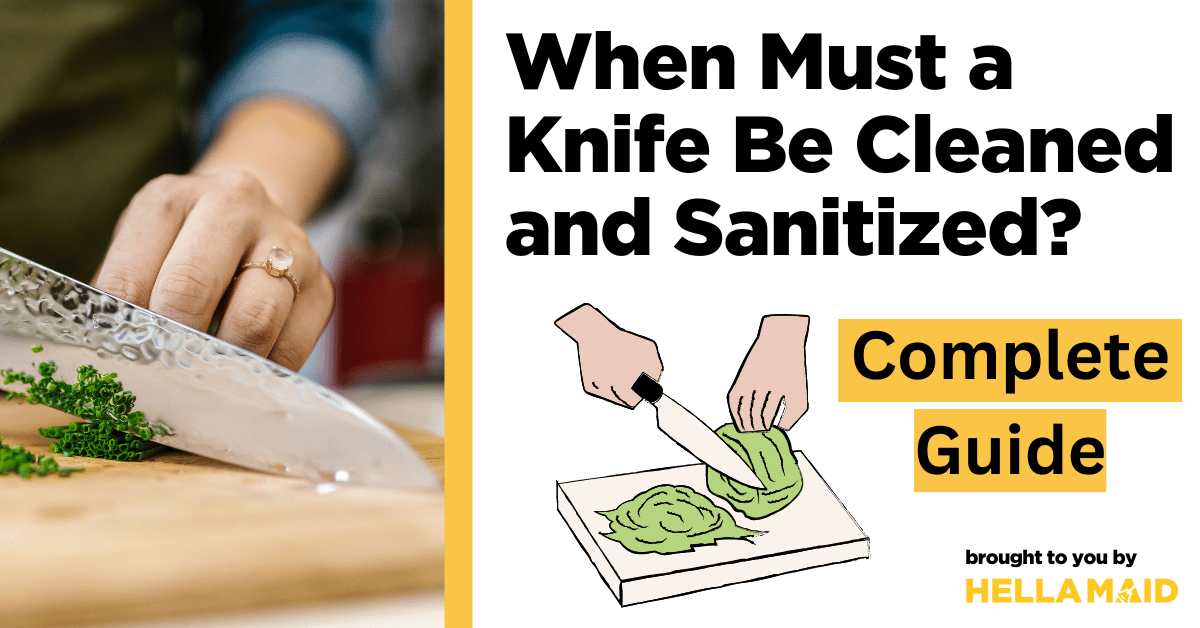
Credit: hellamaid.ca
Frequently Asked Questions
Why Is It Important To Clean Knives Regularly?
Regular cleaning prevents bacteria growth. Dirty knives can contaminate food, leading to illness. Always clean before and after use.
How Often Should Knives Be Sanitized?
Sanitize knives after cutting raw meat, fish, or poultry. Also, sanitize if switching between different food types.
What Is The Best Way To Clean A Knife?
Wash knives with hot, soapy water. Rinse well. Dry immediately with a clean towel to prevent rust.
Conclusion
Keeping knives clean and sanitized is crucial for food safety. Dirty knives can spread bacteria easily. Always wash them after cutting raw meat. Also, sanitize them after cutting vegetables or fruits. This prevents cross-contamination. Regular cleaning ensures knives remain sharp and effective.
Always dry knives thoroughly after washing. This prevents rust and damage. Proper maintenance extends the life of your knives. It also protects your family from foodborne illnesses. Make a habit of regular cleaning. It keeps your kitchen safe and your meals healthy.
Remember, a clean knife is a safe knife. Happy cooking!

